Naoshima: Japan’s Must-Visit Art Island
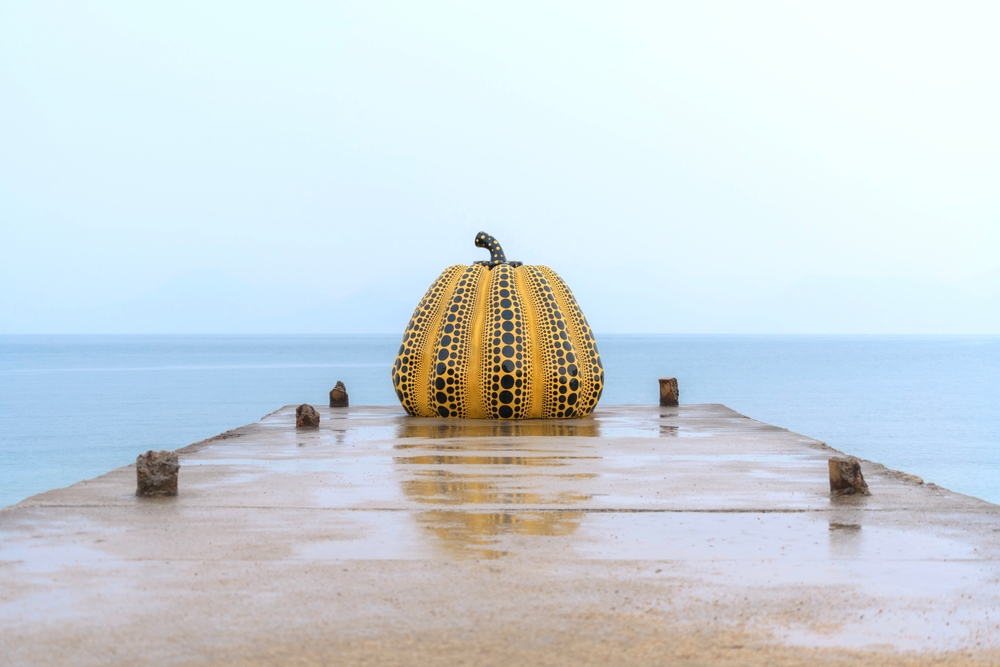
Naoshima isn’t your typical Japanese destination—it’s an extraordinary fusion of breathtaking natural landscapes and inspiring contemporary art tucked away in the Seto Inland Sea—but getting there and organizing the perfect trip can feel tricky, even overwhelming at first glance. Trust me, I’ve been exactly where you are, wondering if this far-flung island was really worth the extra effort, the complicated ferry rides, and juggling an already packed itinerary. Let me reassure you: Naoshima is absolutely worth it, and I’m going to give you the exact insights and advice I wish I’d had, making your journey smooth, stress-free, and genuinely unforgettable.
Naoshima: Japan’s Must-Visit Art Island
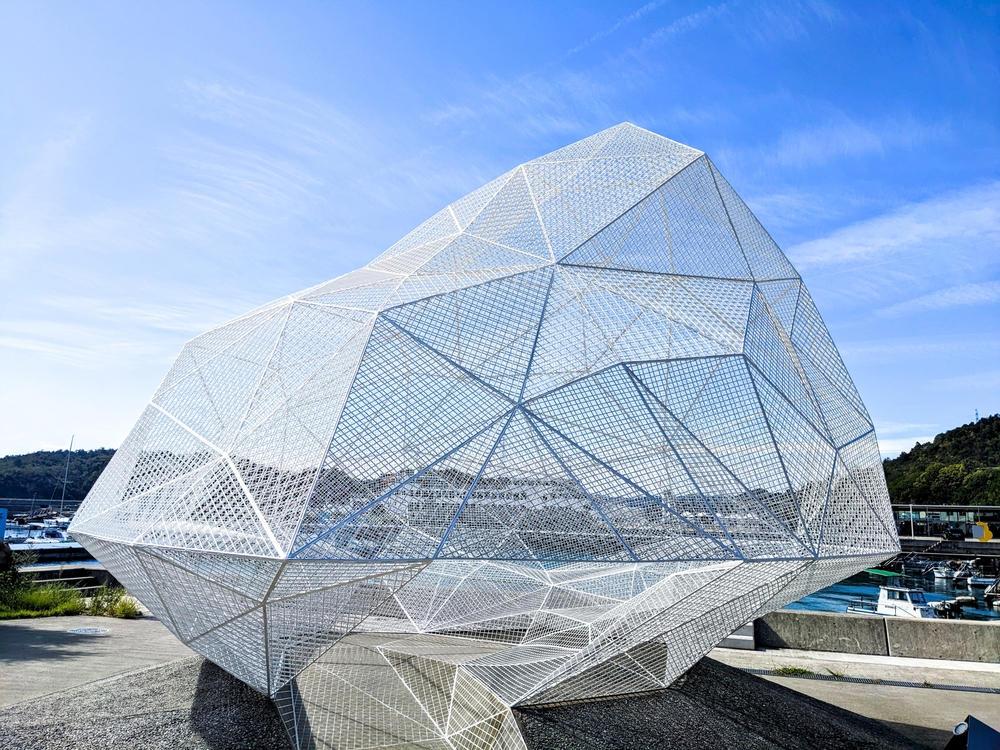
Have you ever traveled somewhere so incredible that it completely transformed your perspective on art, nature, and travel itself?
Naoshima, Japan’s mesmerizing “Art Island,” did exactly that for me. Nestled in the turquoise waters of the Seto Inland Sea, Naoshima mixes spectacular natural beauty with jaw-dropping contemporary art—an unforgettable experience impossible to find anywhere else. Imagine strolling past dazzling sculptures perched above the ocean or exploring underground museums seamlessly blended into nature… sounds incredible, right?
Why Most Travelers Find It Hard To Include Naoshima In Their Trip
Despite its steadily growing popularity, Naoshima still often gets overlooked by travelers exploring Japan. The truth is, many visitors hesitate because it feels a bit off the beaten path. After all, it’s not as straightforward as hopping a quick train from Tokyo or Kyoto. Some wonder if this island justifies going out of their way, while others worry there’s not enough time to see everything on their schedule.
I totally get it! Figuring out transportation, timing, and prioritizing what to see can feel overwhelming. You might also question how much time to dedicate—just a day trip, or is Naoshima worth staying overnight?
Here’s The Good News—I’ve Got You Covered!
Thankfully, navigating Naoshima and planning a mind-blowing visit doesn’t have to be stressful. I’ve designed a comprehensive, hassle-free guide to help you sort out your itinerary, narrow down the must-see attractions, and figure out exactly how long you need for an immersive experience.
- Wondering what’s most unique or unmissable about Naoshima?
- Unsure whether two days is enough—or if you should stay longer?
- Curious about whether other nearby islands should be part of your journey?
No worries—I’ll tackle all these questions and make your planning a breeze!
Naoshima is unlike any travel destination you’ve experienced before, and truly worth your effort to visit. Curious why I say that with such confidence? You’re about to find out…
Why Naoshima Should Definitely Be On Your Bucket List
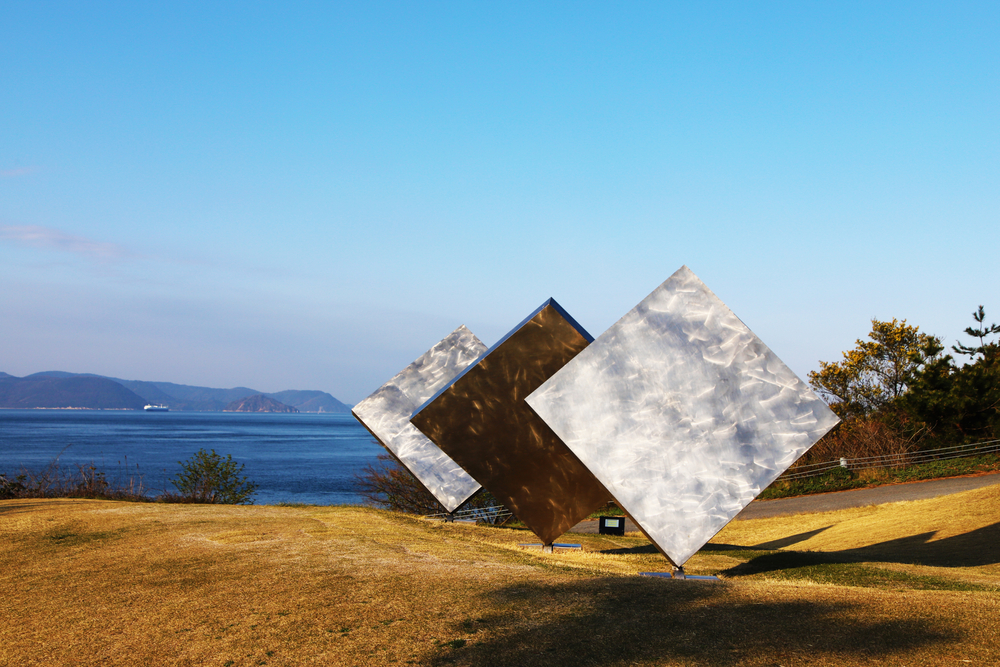
Okay, let’s talk honestly here: you’re probably wondering, is it really worth traveling all that way to explore Naoshima? Trust me; I had the same question before I set foot on this tiny island. But the answer is a resounding yes, and let me tell you exactly why.
An Island Unlike Any You’ve Visited Before
I’ve visited countless islands during my travels, each with their own charm, but Naoshima genuinely stands apart. What makes it different? It’s the incredible fusion of art, architecture, and nature, all seamlessly working together. Here, you’re not just walking around a gallery looking at paintings on a plain white wall.
On Naoshima, art isn’t simply displayed—it’s integrated into the island itself, immersing you in an enchanting artistic reality. Imagine strolling down a peaceful coastal path and suddenly encountering striking sculptures overlooking the turquoise Seto Inland Sea. Every turn presents a delightful surprise, making your trip feel like an endless discovery.
One standout memory for me was wandering through lush greenery to discover Yayoi Kusama’s iconic dotted pumpkins cheekily placed beside scenic waterfront views. You’ll constantly feel the thrill of exploration, encountering world-class contemporary masterpieces in the most stunning settings imaginable.
A Soulful Experience
“Art is not what you see, but what you make others see.”
This quote by Edgar Degas resonated with me deeply on Naoshima. The island awakened my senses beyond visual beauty—I felt truly connected on an emotional level. Surrounded by tranquil beauty and innovative installations, it wasn’t just my Instagram feed getting fed. My mind, spirit, and heart were also being energized and inspired.
Interestingly, studies back up the emotional benefits of immersing ourselves completely into artistic and natural environments. A study conducted at Norwegian University of Science and Technology showed that interaction with art in peaceful surroundings significantly lowered anxiety and boosted mood in participants. Just like these participants, I felt my stress dissolve away as I wandered freely through spaces designed not only to inspire but to soothe and nourish.
On Naoshima, I was refreshed in ways traditional trips rarely achieve. The vibrant blending of creativity, nature, and mindful design creates an atmosphere where visitors genuinely leave feeling happier than when they arrived. Don’t we all crave that rejuvenating, transformative travel experience?
This authentic soulful nourishment is exactly what makes visiting Naoshima so uniquely rewarding—it’s more than sightseeing; it’s an experience you’ll keep close to your heart forever.
Curious about which spots on Naoshima left the biggest impression on me? Keep scrolling down, because I’m sharing exactly what you absolutely can’t miss…
Must-See Attractions: What Not to Miss on Naoshima
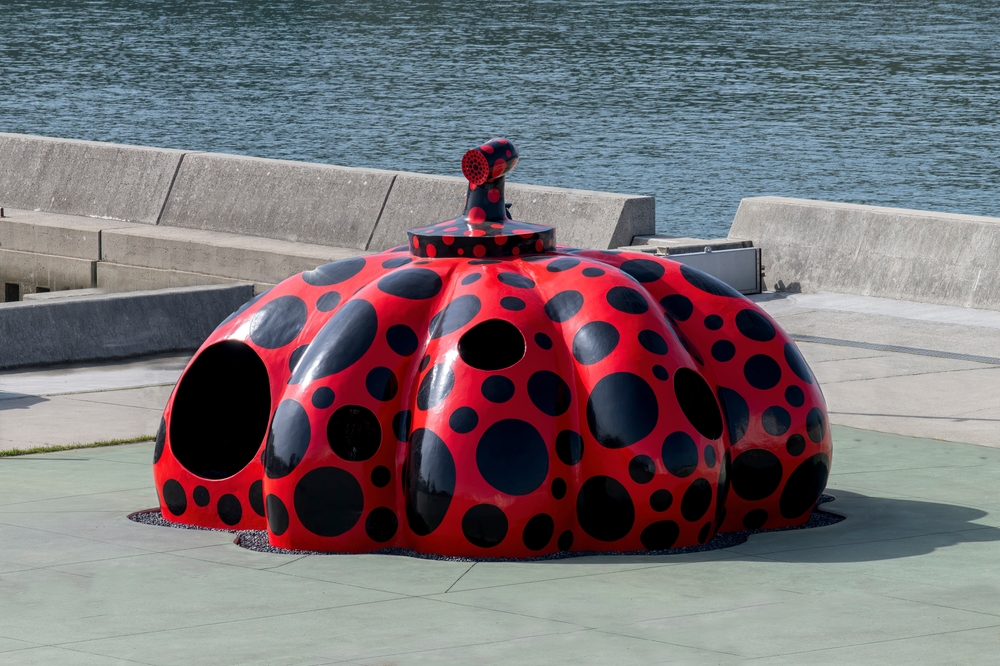
Visiting Naoshima feels exactly like stepping into an art lover’s dream. With hidden gems around every corner, choosing what to see can be challenging—so here are my personal can’t-miss favorites that’ll truly give you the essence of this extraordinary island.
Chichu Art Museum: A Masterpiece Underground
Imagine descending underground into a space flooded with gentle light, perfectly shaped corridors, and acclaimed artwork you can’t believe you’re seeing with your own eyes. That’s the Chichu Art Museum experience.
- Claude Monet’s Water Lilies: I stood absolutely spellbound watching Monet’s iconic impressionist paintings illuminated entirely by natural daylight. The artist’s timeless beauty mixed with this innovative display makes Chichu unforgettable.
- James Turrell’s Open Sky Installation: Sitting peacefully inside the quiet Skyspace room as colors shift gradually overhead creates astonishing sensations of depth, color, perspective, and tranquility.
This museum isn’t just about artwork—it’s an artwork itself, nestled seamlessly into Naoshima’s scenic landscape.
Benesse House Museum: Artful Living Redefined
If “living inside a gallery” sounds magical (and trust me, it does), then Benesse House Museum is your next destination. You’re not simply viewing art here; you’re stepping right into its world. It’s part museum, part hotel, and entirely amazing.
- Artistic Immersion: Famous artists like David Hockney, Andy Warhol, and Yayoi Kusama have their works brilliantly integrated within the architecture and interiors. You might find yourself waking up next to an inspiring installation or casually strolling beneath a sculpture en route to breakfast!
- Incredible Architecture: Designed by renowned architect Tadao Ando, Benesse House merges concrete, wood, glass, and water organically, blurring boundaries between inside and outside spaces.
One visitor captured its beauty best when they said:
“Staying at Benesse House Museum felt surreal—like living inside a famous painting.”
Don’t Miss Those Iconic Pumpkins!
You’ve probably seen Yayoi Kusama’s iconic, playful pumpkin sculptures pop up on social media—the vibrant symbols of Naoshima. Don’t pass up the chance to photograph them personally (trust me, the pics won’t disappoint!):
- The Yellow Pumpkin: Sitting gracefully near the water’s edge at Benesse House area. It’s an unmissable photo op and a true Naoshima symbol that encapsulates Kusama’s playful yet profound artistic vision.
- The Red Pumpkin: Located right by Miyanoura Port. This quirky and interactive pumpkin lets you explore inside, laugh loudly and snap truly memorable photos.
Relax at Gotanji Beach
After absorbing so much vivid inspiration, you might want a bit of downtime. Gotanji Beach—calm, relaxing, and naturally beautiful—is exactly what you’ll need for that. Kick off your shoes, feel the sand, or dip your toes into the sea. Studies even suggest spending time in or near water reduces stress and boosts happiness levels. So go ahead—unwind completely and let Naoshima heal your soul.
Now, how much time do you need to fully enjoy these remarkable landmarks without rushing? That’s precisely what I’ll answer next…
Planning Your Stay: How Many Days on Naoshima Would Be Ideal?
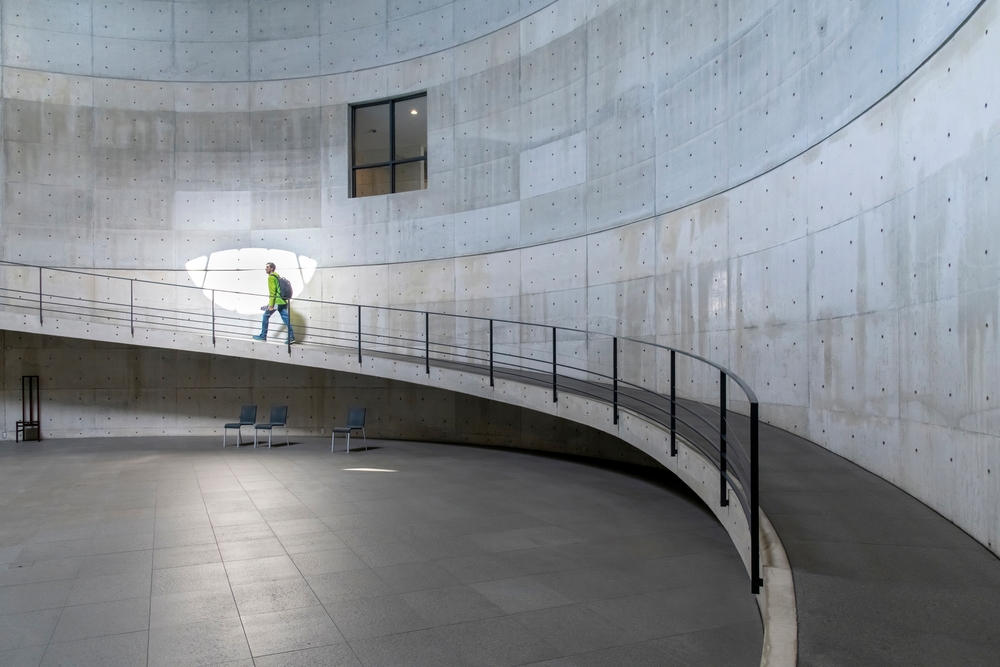
Figuring out just how long to spend on Naoshima turned out to be one of the trickier parts of my own planning process. Why? Well, I quickly realized this little island isn’t just about ticking boxes or saying you’ve “been there, done that.” It’s about genuinely absorbing the carefree atmosphere, the thoughtful pace, the blend of art and island life.
Perfect Length: 2 or 3 Days?
Real talk? A quick day trip isn’t enough to truly connect with Naoshima—in fact, rushing around trying to cram everything into a single day would take away from the calm charm that’s the heart of Naoshima’s magic. Trust me, nobody likes museum hopping under pressure (hello, burnout!). So here’s my honest, experienced-backed advice:
- Two days, one night: This is the sweet spot if you’re a bit tight on time but still want to truly grasp the essence of this unique island. You get just enough breathing space to comfortably check out key attractions like the Chichu Art Museum, Yayoi Kusama’s famed pumpkins, and a relaxed stroll along Gotanji Beach without feeling rushed.
- Three days, two nights (my personal recommendation): If you’re anything like me and appreciate traveling slowly to feel a deeper emotional connection with new places, then three days is the golden ticket. This timeline allows you to experience Naoshima’s slower pace and spontaneity. You can savor longer moments at your favorite exhibits, join conversations with local artists or fellow travelers, and maybe even catch a breathtaking sunset (or two!) over the Seto Inland Sea without a tight schedule looming over you.
Why does your pace matter so much?
The Japanese concept of “yutori” (meaning space, breathing room, and ease) perfectly captures how Naoshima is best experienced. A 2021 UC Berkeley study showed that slowing your pace during travel can actually improve mental clarity and overall happiness. Isn’t that why we travel after all—to recharge, to experience something new, and to truly feel refreshed?
“Traveling—it leaves you speechless, then turns you into a storyteller.” – Ibn Battuta
This is exactly what Naoshima does for me—turns me into a storyteller through unforgettable experiences. The island is designed to take you gently, day by day, from moment to moment, making sure you return home with memories instead of just photos.
Wondering now where to lay your head and relax during these magical days on the island? Let me guide you to an accommodation experience you’ll never forget. Keep reading for my top Naoshima stays…
Where Should You Stay?: My Top Recommendations
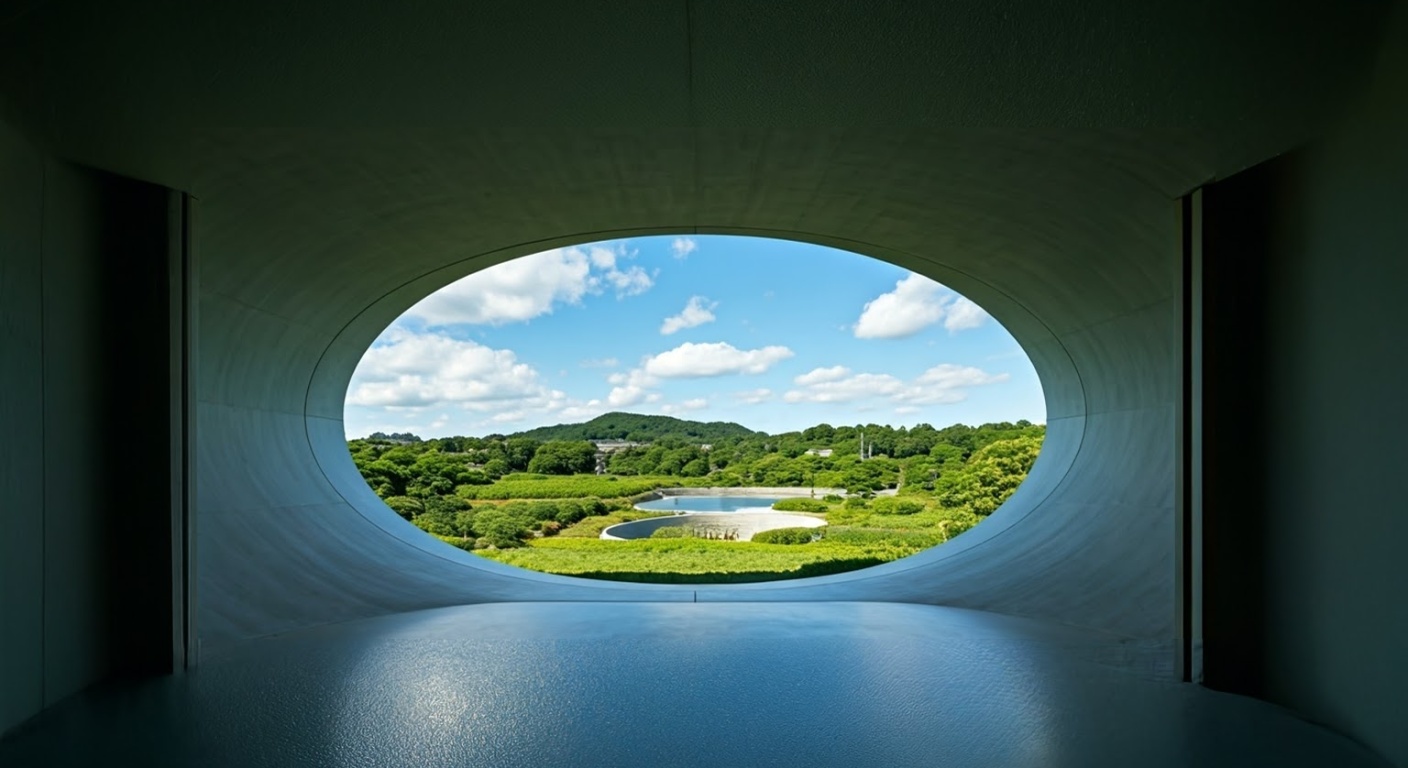
When visiting an extraordinary place like Naoshima, choosing where to stay isn’t just about a bed for the night—it’s part of the holistic experience itself. Your accommodation choice can significantly shape your impression of this magical island. Let me share my personal favorites, along with options catering to different tastes and budgets.
Staying at Benesse House: A Unique Art Stay
Let’s begin with the legendary Benesse House—it’s not simply a hotel, it’s an immersive stay that can echo with your soul for years. Designed by renowned architect Tadao Ando, Benesse House seamlessly blends visionary architecture, extraordinary art, and sweeping natural scenery. Every corner reveals thoughtfully curated art, ensuring a memorable experience day or night. There’s something truly exceptional about wandering museum corridors exclusively after-hours, having breakfast surrounded by masterpieces, or even admiring sculpture gardens from your own balcony.
“Art enables us to find ourselves and lose ourselves at the same time.” – Thomas Merton
During my stay at Benesse House, I felt energized and genuinely inspired, like becoming part of the art myself. Waking to spectacular vistas overlooking the Seto Inland Sea, and discovering artworks subtly blended into the landscape, redefined everything I imagined a hotel stay could offer. Trust me when I tell you, this is an art-lover’s dream accommodation, unforgettable in every sense.
More Budget-Friendly Options
But don’t worry: you don’t need deep pockets to enjoy Naoshima. The island warmly welcomes travelers with charming, budget-conscious options steeped in traditional Japanese hospitality.
- Guest House Oomiyake – An inviting, family-run guesthouse located near Honmura village, known for its cozy atmosphere and delightful local breakfast options. You’ll get a genuine sense of island life during your stay here.
- Minshuku Aisunao – A quaint traditional inn nestled in heart of Honmura’s Art House Project area. Staying here, you’ll feel directly connected to the island’s quieter, poetic side.
- Dormitory in Kowloon – A friendly and relaxed hostel-style spot ideal for backpackers wanting affordable accommodation and good conversation with fellow travelers.
Scientists at Cornell University’s School of Hotel Administration have even found accommodation choice significantly influences travelers’ overall emotional experience of their trips. That means it’s not about pricing—it’s about finding lodging that matches your travel style and personal preferences.
So, which style suits your tastes? Integrating your accommodation choice into your overall experience can enhance your entire stay on Naoshima. But while we’ve touched on staying at Naoshima, have you thought about the possibility of exploring art-rich adventures on neighboring islands? Curious what’s just ferry-distance away? Let’s explore it together next!
Discover Neighboring Islands: Art Adventures Nearby
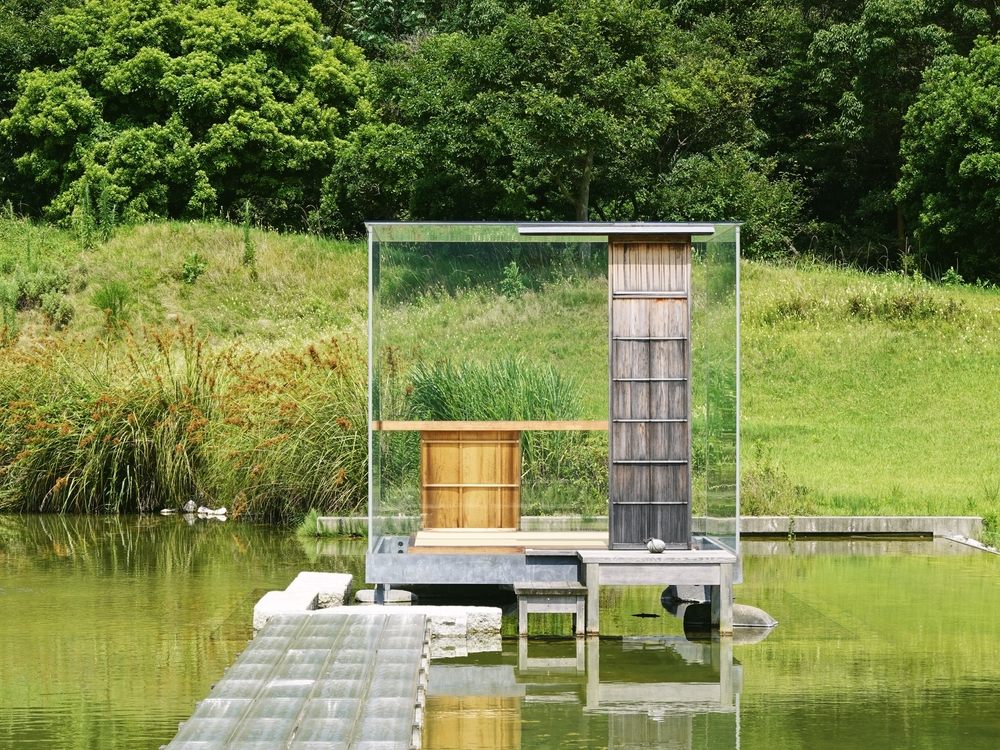
Naoshima completely transformed my understanding of art and nature, and if you’ve got a little extra time, why stop exploring there? Just a short ferry ride away are several surrounding islands that will expand your appreciation even further and enrich your artistic journey. Let me take you through the must-visit islands nearby that complement Naoshima’s unique charm perfectly.
Teshima: Expand Your Artistic Horizons
First up—Teshima, a serene island just 30 minutes by ferry from Naoshima, known for its breathtaking blend of nature-inspired contemporary art. The Teshima Art Museum, conceptualized by artist Rei Naito and architect Ryue Nishizawa, left me speechless. Imagine stepping into a minimalist structure, shaped like a delicate water droplet, filled only by gently trickling water. The experience is incredibly poetic—I haven’t felt that peaceful in years.
Another meaningful stop here is the Les Archives du Cœur by French artist Christian Boltanski. At this special exhibit, you can actually listen to thousands of recorded heartbeats from people around the globe. It’s profoundly emotional and deeply human—definitely something you won’t find in your average art gallery!
“Art enables us to find ourselves and lose ourselves at the same time.” – Thomas Merton
Inujima, Ogijima, and Megijima: Hidden Gems
If you’re looking to stay off the beaten path, let me suggest a few quiet islands perfect for genuine connection with local culture and intriguing modern art.
- Inujima: Renowned for its Inujima Seirensho Art Museum—a repurposed copper refinery turned art museum—it captivated me immediately. The contrast between industrial ruins and contemporary installations is fascinating and hauntingly beautiful.
- Ogijima: Wrapped in charm, Ogijima’s labyrinth-like streets are dotted with engaging site-specific artworks, especially lively during the Setouchi Triennale art festival.
- Megijima: Often called “Ogre Island,” Megijima offers a cavern explore filled with folklore mystery and fascinating contemporary pieces, creating an unforgettable island-meets-art experience.
I always recommend planning your visit around any of these islands during one of Seto Inland Sea’s famous art events like the Setouchi Triennale—which National Geographic listed as one of the “top travel experiences in the world” in 2019. Visiting these islands during a festival elevates the experience even more, connecting you with art lovers from around the world and energizing your journey through unexpected discoveries.
Ready to discover more secrets for making your art island explorations unforgettable? Curious how to squeeze the best experiences into even a short trip? I’m excited to share some essential tips coming next—keep reading!
Essential Tips For Making The Most Of Your Visit
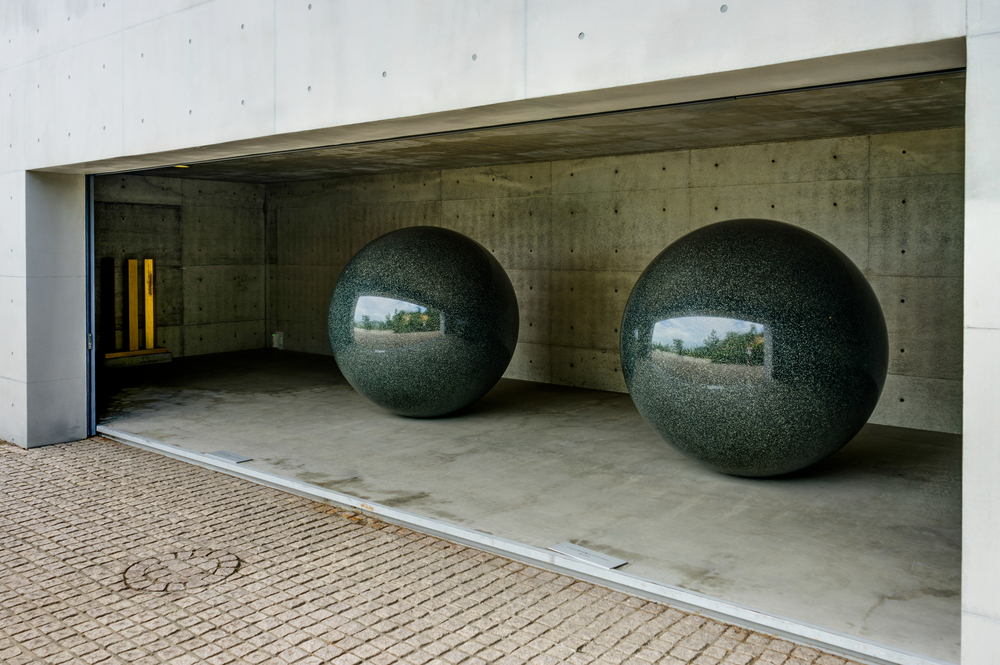
Visiting Naoshima was something straight out of a dream for me—but let’s get real for a second. Even the most magical places require some planning and clever travel hacks to keep things smooth and stress-free. Let me share a few insider tips from my own experiences that’ll help you skip common pitfalls and make your Naoshima adventure flawless from start to finish.
Book Museum Tickets Early: Avoid Disappointment
Picture this: You travel across the globe, finally step foot on this artistic paradise, and then—oops—the museum you most wanted to see is fully booked! Trust me, you don’t want that traveler’s heartbreak. Major attractions like the Chichu Art Museum and the Benesse House Museum often limit visitors to preserve the intimate experience. Plan ahead and secure your tickets online well in advance. It only takes a few clicks—and your future self will thank you!
“By failing to prepare, you are preparing to fail.” – Benjamin Franklin
- Pro Tip: Reserve tickets at the official site weeks before your trip. This small step eliminates stress, guarantees entry, and saves you precious sightseeing time.
Bike or Bus? Choose the Best Transportation Method
I initially debated endlessly about getting around Naoshima. After exploring the island myself, I found two excellent options:
- Rent a Bicycle: Cycling around means fresh air, total freedom, and chances to discover hidden corners off the tourist trail. Bicycle paths are easy, scenic, and safe—perfect even for casual riders. According to a study by Frontiers in Psychology, biking outdoors boosts mood and creativity—an advantage perfectly aligned with Naoshima’s artistic vibe!
- Hop On The Shuttle Bus: If you’d rather save energy or face unpredictable weather, Naoshima’s shuttle buses efficiently connect major sites. It’s stress-free, frequent, and surprisingly convenient. Many visitors combine both options for the best experience.
Pack Smart: Essentials You Might Overlook
I wish someone had reminded me to pack these small but vital items:
- Cash (Japanese Yen): Credit cards aren’t always accepted, especially in smaller cafes or ticket booths.
- Comfortable Shoes: You’ll walk a lot! Artistic explorations involve some standing and strolling around museums and installations.
- A Handy Bag or Backpack: Keep your hands free and enjoy easy access to cameras, phones, sunscreen, and water bottles.
Visit Off-Peak Hours: Soak Up the Serenity
Want that serene atmosphere Naoshima is famous for? Plan your visits to key spots like Benesse House Museum and Kusama’s pumpkins either early morning or late afternoon. This strategy rewards you with fewer people around, softer lighting for photography, and quiet reflection time as you engage with the stunning art.
Planning like a pro transforms your travels from ordinary sightseeing to unforgettable moments and powerful memories. But there’s something else to consider—what about other people’s experiences? Need some deeper insights from more seasoned travelers? Check out what helped me the most in the next section…
Extra Inspiration: Helpful Blogs I’ve Found
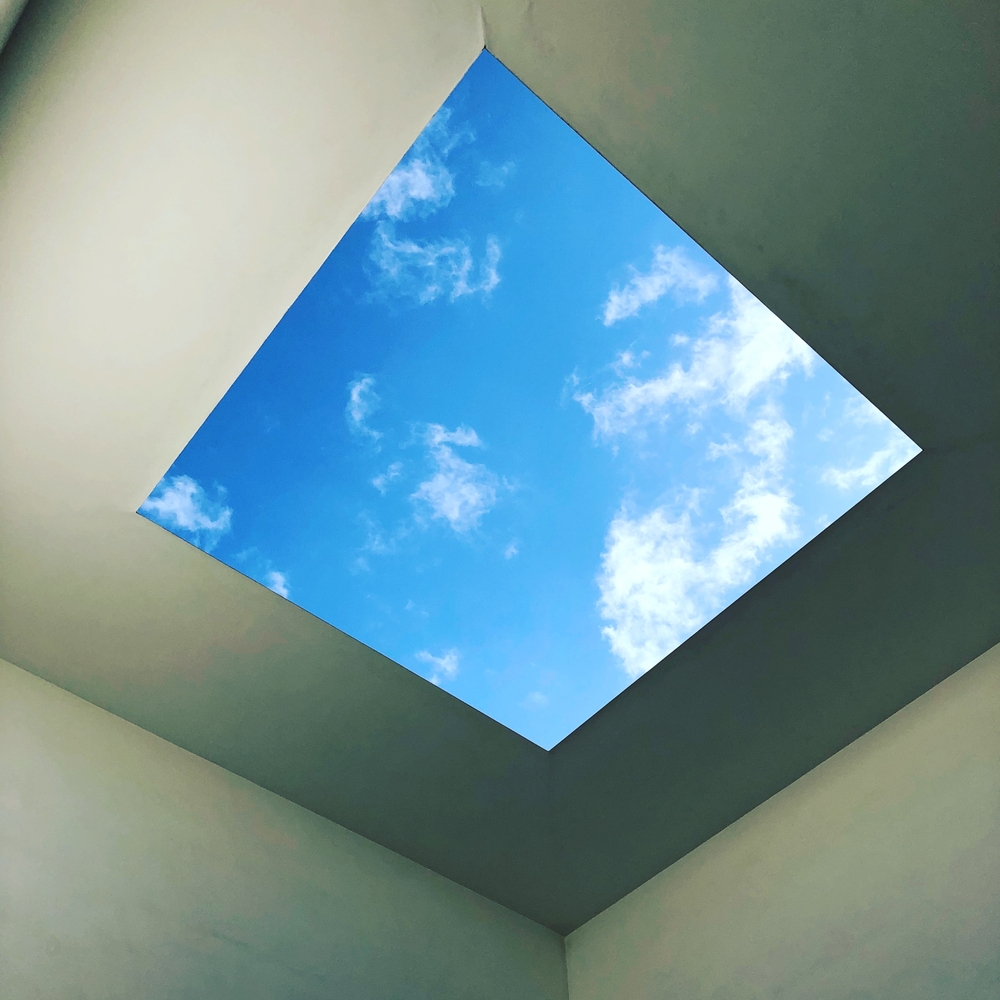
Planning my trip to Naoshima, I didn’t just rely on my own travel experience—I spent quite some time checking out excellent travel blogs for useful tips and fresh perspectives that aren’t always easy to find in traditional guidebooks.
Two blogs stood out as real gems in my planning process.
Where’s Jessie B: The Ultimate Naoshima Guide From a Fellow Art Enthusiast
I stumbled across this incredible guide by Jessie, and let me tell you, it was a lifesaver! Jessie shares detailed but concise insights, breaking down exactly how much time you should set aside for each attraction. From highlights like the Chichu Art Museum to practical tips such as ferry schedules and bicycle rentals, her guide has an easy-to-follow structure that made my planning feel effortless.
The best part? Jessie gives personal, real-world advice on how you could spend your day, how to flow seamlessly from one spot to another, and even what eateries you’d enjoy. It genuinely felt like getting travel tips from a friend who’s been there—and who knows what you’d love.
Travel Cocktail: Gorgeous Photos & Honest Impressions
Next up was Travel Cocktail—a visually impressive blog that immediately captured my attention with its authentic and beautiful photography. Seeing these inspiring pictures gave me a vivid taste of what I could look forward to, and really sparked my excitement to get there.
But Travel Cocktail doesn’t just offer stunning visuals—what resonated with me most was the down-to-earth writing style paired with genuine impressions. This blogger openly discusses what surprised them, what they loved, and how the island truly made them feel. It gives you a realistic but inviting peek behind the curtain, far away from typical superficial Instagram guides.
Why These Guides Made A Real Difference
Interestingly, research shows that up to 85% of travelers rely on honest, relatable reviews and blogs to make their travel decisions. The voice of fellow travelers like Jessie B and Travel Cocktail can genuinely shape your expectations and guide you to hidden gems you’d otherwise overlook.
For me, reading their guides significantly improved my Naoshima planning experience. Frankly, I felt more confident, less anxious about missing out on something important, and super inspired about the trip ahead.
Have you ever felt uncertain planning a journey to a remote or unusual destination like Naoshima? Stick around, because next I’ll be sharing how my own Naoshima adventure impacted me in ways I had never imagined. Curious to know what these truly life-changing experiences were? Keep reading!
Ready For Your Own Naoshima Adventure?
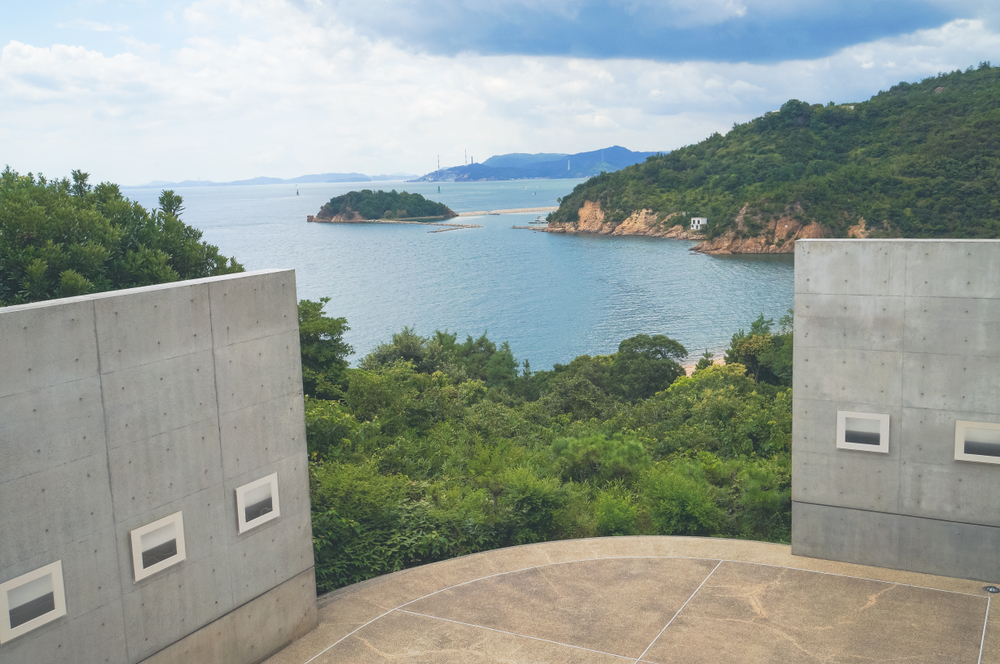
By now, I’ve given you the tools, tips, and inspiration to experience Naoshima. But let’s talk about something equally important—what this incredible art island will truly bring into your life.
Experience Art in an Entirely New Way
Before visiting Naoshima, I saw art museums as beautiful yet disconnected experiences: silent galleries, paintings hung neatly, with visitors quietly standing apart. Naoshima flipped that upside down. Here, art doesn’t sit isolated—it lives, breathes, and interacts with the landscape itself.
Walking into Tadao Ando’s Chichu Art Museum, built underground yet bursting with stunning natural light, I felt something special happen inside me. The sensory interaction of sunlight, shadows, sound, and space turned Claude Monet’s water lilies into not just a painting, but a deeply immersive experience. Suddenly, art felt close enough to touch, powerful and personal in a way I’d never encountered before.
According to a study from the Norwegian University of Science and Technology, immersive experiences like those on Naoshima significantly enhance creativity and emotional engagement. I can vouch for it firsthand—seeing art seamlessly woven into the beauty around me pressed a reset button on my relationship with nature, culture, and creativity.
Why a Little Effort Pays Off
Yes, it’s true—Naoshima requires a little more time, thought, and effort to visit compared to more accessible tourist hubs. This beautiful island sits tucked away from big city lights and bustling popular routes, demanding extra ferry rides, careful itinerary planning, and attention to details like museum reservations.
But that’s precisely why it delivers an experience unmatched by more crowded, commercialized destinations. Naoshima isn’t just another stop on a well-worn tourist trail; it’s a genuine journey, the kind that rewards your extra effort many times over.
The memory of cycling leisurely past scenic ocean views and colorful art installations remains vividly imprinted on my mind. The authentic meals shared with locals, quiet walks through beautifully designed pathways, and friendly island hospitality were powerful reminders that meaningful travel experiences often require stepping a little outside your comfort zone.
Your Next Adventure Awaits
If art, nature, or a meaningful, memorable travel experience genuinely excites you, Naoshima isn’t just worth considering—it’s essential. It’s transformed how I connect with art and landscapes, and I’m confident it will do something equally special for you.
Life-changing trips don’t happen passively. They require you to step outside the familiar, to embrace a bit of uncertainty and adventure. Naoshima stands out precisely because it makes you put in that effort, yet gives you something extraordinary in return.
So it’s time for you to start imagining your own Naoshima adventure. Get inspired, plan your trip, and prepare yourself to experience art—and maybe even yourself—in a totally new and surprising way. Trust me, you won’t regret it.
Ready to turn your travel dreams into an extraordinary reality? Your Naoshima journey awaits. All it takes is that first step.